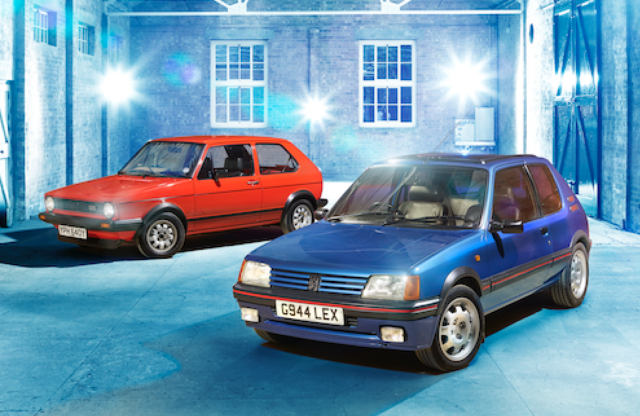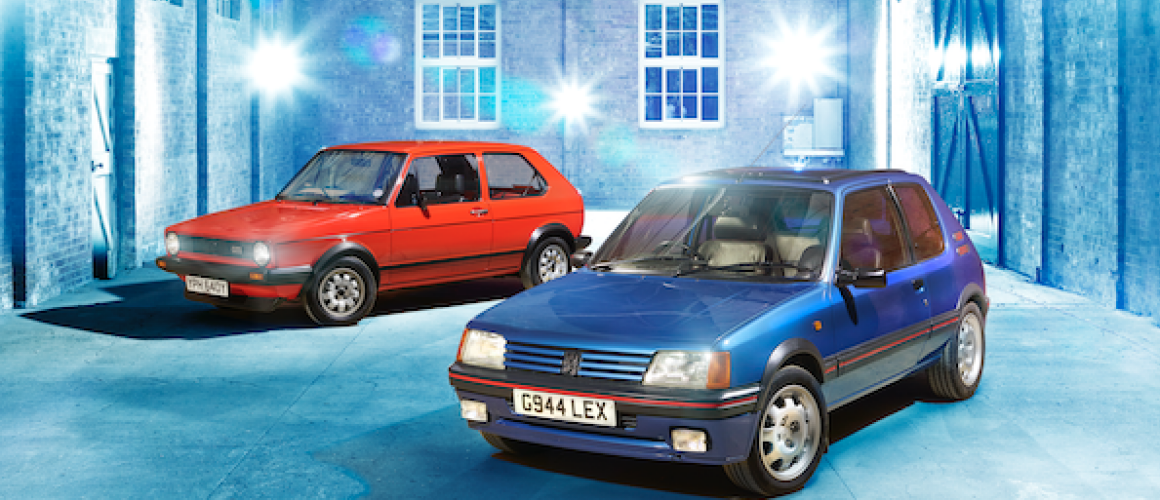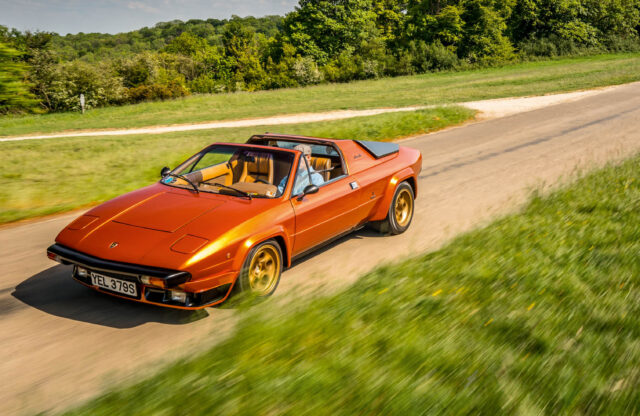Both VW Golf GTI and Peugeot have laid claim to the hot hatch crown. Can hindsight suggest an all-time winner?
You might think of the two cars here as quite new. They are not. They straddle an age of three decades, old enough to have qualified for free road tax were the original, pre-New Labour concession still intact. But there’s also the matter of the levelling-off of progress in car design, nowadays concerned more with conforming to regulations and embracing the digital age than coming up with radical new architecture, beyond the topological distortion and uglification those regulations demand.
A car of 1955 is much more different from these two than these two are from today’s machines. But there are few new machines that we can confidently predict to be Octane cover material in 30 years’ time. With these two, their place in history was assured from day one. I was there, and it was obvious.
The Volkswagen Golf GTI and the Peugeot 205 GTI – an upper-case ‘I’ on both badges, always – are the definitive hot hatchbacks. They won nearly all the magazine comparison tests when current or, if occasionally a ‘crown’ was lost to some upstart, it was always back in place by the next test. But during the netherworld between currency and classicdom, they mostly faded away into the modified-car magazines, occasional old-versus-new stories and the lower-cost end of the classics appreciation massive. In the last year or so, this has changed.
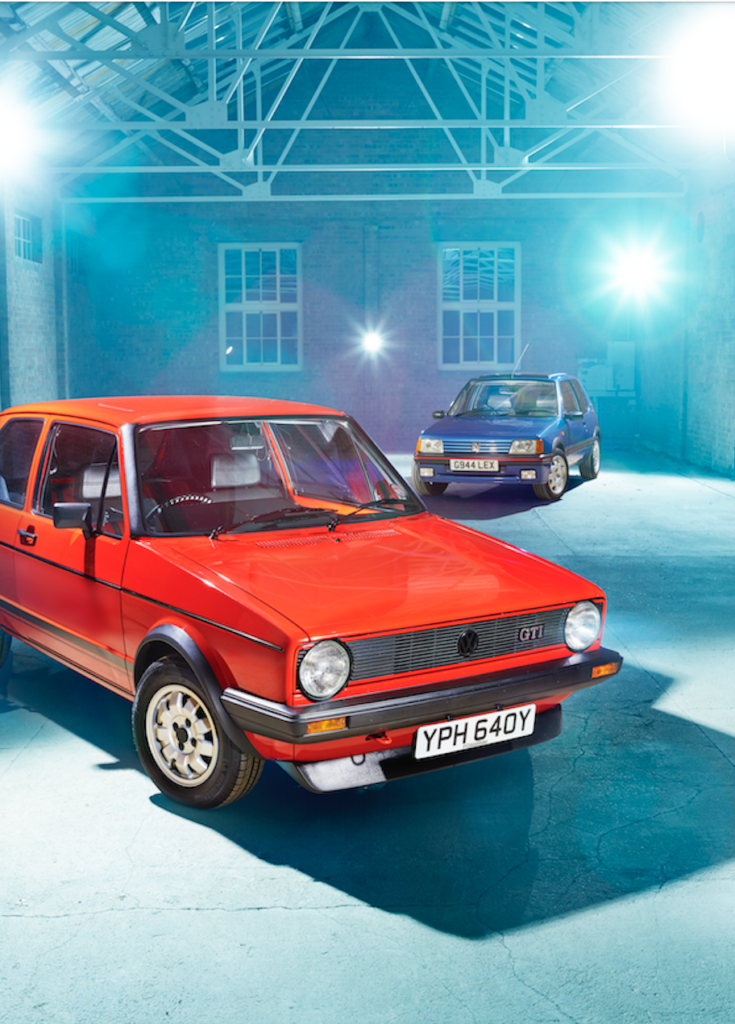
Now, just watch those prices rise. These cars are about to become credible investments, to which the usual rules – originality, condition, provenance – apply. They are proper players, which is partly why they’re on the cover of this issue. The other reasons are simple. They represent an era and a culture whose freedoms and automotive optimism now seem more precious than we ever knew. And they are riotously entertaining to drive.
Permit me a flashback or two. Naïve and newly recruited journalist, Motor magazine, May 1984. The first car I drive in my new job, as a camera car for a photoshoot, is the magazine’s long-term test example of a Golf GTI Mk1, identical to the car you seehere, alert-looking and Giugiaro-angular. I’ve wanted to try the already-legendary GTI since a black one scorched past me with ruthless efficiency on my way to the Holyhead ferry, and a friend took me for the fastest road drive I’ve experienced to date in his silver one.
Both were 1.6-litre examples, with the fuel- injected version of the engine that powered the Scirocco I’d bought as an older, lower-cost GTI substitute. Motor’s red GTI is a 1.8, with an extra 2bhp – still only 112bhp in total – and a heap more torque. The magazine’s resident snapper is driving it with such speedy, shift- snatching determination that I assume that’s how everyone involved in motoring journalism.
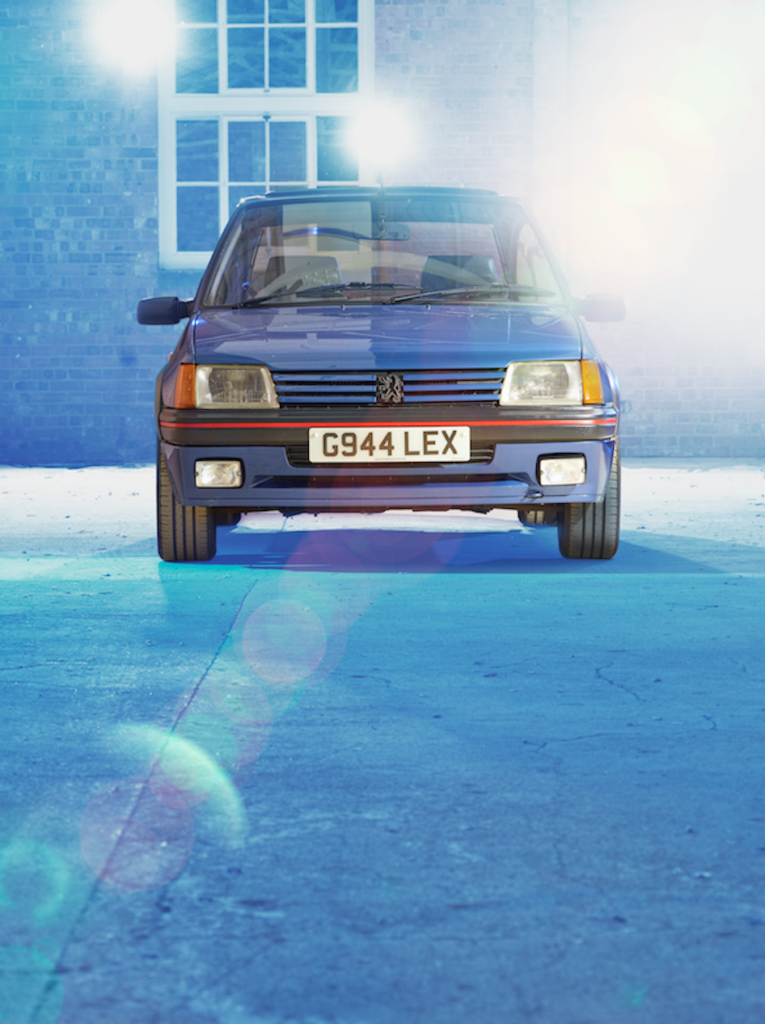
In the car park is Peugeot’s new 205 GTI, also in red. I’ve already read the road test on this very car, published just before I joined the magazine. Technically a size-class below the Golf, it has 105bhp, wears an A-registration (try finding an A-reg 205 GTI now) and looks impossibly pert with the red stripe round its grey plastic midriff, and those pepperpot wheels. The front end signals a new way of shaping noses, sloped back with model-specific headlights and grille-slats in bodywork colour, and inside the carpets are bright red.
Motor’s primordial 205 GTI has a canvas- weave print on its interior vinyl surfaces, the chunky column stalks from a 305 and a curious, hooked gearlever knob. It also has a jittery ride, but the sharpness and weight build-up of its steering, the slickness of its gearchange and the crisp-edged resonance of its exhaust must drive, so I’d better sharpen my act. In fact they don’t, but it’s a good initiation.
Later I get to drive the GTI back to the office, and it feels like a dream achieved. That easy thrust from engine speeds low to high, the deep, tidy exhaust burble, the engine’s uncanny smoothness, never mind the Golf’s feeling of taut compactness and get-on-with-it grip. This car feels invincible. Why would you ever want anything else?
The answer comes a week later. By now the Mk1 GTI has been ousted by the bigger, heavier Mk2 (still featherweight by modern standards), and opinion is divided over the evolution. More pressingly, confirmed by the arrival of another Motor long-termer, the Golf suddenly has competition reportedly far more deadly than the Astra GTEs and Escort XR3is that have been its opposition to date.note make the Golf, unbelievably, seem a bit grown-up and blurred. The 205 feels as focused as a Caterham Seven, an addictively intimate interface between driver and road. This, surely, is what a hot hatchback should be. Anything else seems almost half-hearted by comparison. Even the Mk1 Golf? Hold that thought.
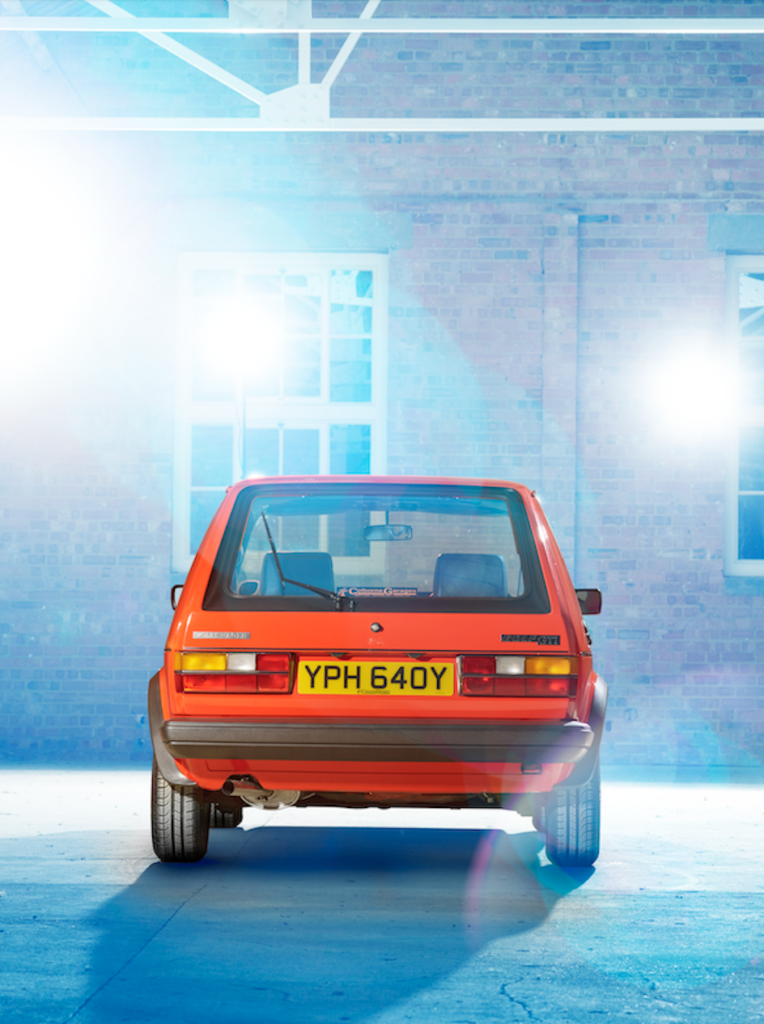
From a past portrayed as present, and further into the past. Maserati was the first company to use the GTI badge, indicating Grand Touring International in its English translation. A decade and a half later, Volkswagen reinterpreted it as Grand Touring Injection, for obvious reasons. The Golf GTI began as a kind of after-hours, backroom project shortly after the Golf range was launched in 1974, its creators envisaging a ‘Sport Golf’ but initially generating no enthusiasm from mainstream management.
Too soon after the energy crisis, they thought. And no-one had ever made a car quite like this before (Mini-Coopers, Fiat-Abarths and the like having apparently gone unnoticed in Wolfsburg), so the market was unproven. The prototype turned out rather well, which prompted the marketing people to think of using the Sport Golf for motor sport and making 5000 of them. Between this cautious official approval and the 1975 Frankfurt motor show the new car gained its GTI name, and at the show it went down a storm. It went on sale in 1976, and that it would sell far more than 5000 examples soon became clear.
The UK didn’t get its right-hand-drive examples until late 1978, helped by the conversion of a left-hand-drive example by Northern Irish VW dealer and rallyist RobertMcBurney, who showed reluctant Wolfsburg engineers that it was not the ‘impossible’ task they claimed. Those early cars, with their 1588cc engines and 110bhp, had four-speed gearboxes. An extra gear was added round about the time of the Mk1’s minor facelift, which rendered the dashboard slightly plusher and less cliff-like and the rear lights larger. The GTI’s original tartan seat facings gave way to longitudinal stripes, too.
Then in 1983 the engine grew to 1781cc, and the final production year’s Campaign edition gained an extra, inner pair of headlamps and 14in Pirelli P-slot wheels. These wore 60-profile Pirelli P6 tyres, racier than the 70-profile rubber on 13in wheels used up to that point. How tiny those wheels seem today.
The Mk1 Golf GTI and the 205 GTI never quite overlapped in production, but it was a close thing. During 1985 the 205 received an extra 10bhp (making 115), softer dampers, new stalks, leathergrain plastics and a normal gear knob. At the end of 1986, it got an alternative engine choice, the all-aluminium XU unit keeping the same cylinder bore but gaining in stroke to raise capacity from 1580cc to 1905cc. Power rose to 130bhp, with a proportionally greater torque increase to pull longer-legged gearing. Rear brakes became discs, wheels redesigned with fewer, bigger holes grew from 14in to 15in with then-racy 55-profile tyres, the seats gained leather bolsters.
With this lot, the 205 GTI would surely be invincible among superminis – even if Renault’s 5 GT Turbo posed strong opposition on the pace statistics. In the class above, the Golf GTI was joined by a 139bhp 16-valve version in 1987, which also scored approximate parity on pace. But a Mk2 Golf GTI, though ubiquitous transport for junior City types, was not the original breakthrough car that its Mk1 predecessor was. The 205, however, stayed visually almost unchanged throughout its life, bar a revised dashboard. A bigger facelift than that end-of-1987 revamp was planned, but Peugeot wisely canned it, considering that a masterpiece is best left alone.

Now it’s 2015, 31 years since the end of Mk1 Golf GTI production, 21 years since the last 205 GTI left the factory in Spain where the breed was assembled in its final years. Before that it emerged from Mulhouse in France, right by the German border. Our two genre-defining hot hatchbacks are bathed in carefully controlled lighting in a Bicester Heritage shed,to make them look like the artworks they are. Time seems to have stopped. Mars Red, they called it. The Golf’s paintwork – all 1983 original – seems to glow, contrasting with the neat black detailing once so typical of a Volkswagen. Those crisp, angular lines seemed ultra-modern in the 70s, dated by the ’90s and exude a simple, bright- eyed freshness today. Pundits used to criticise the thick rear pillars for creating an over-the- shoulder blind spot, but the deep windows make the Golf a near-greenhouse compared with claustrophobic, armour-plated moderns.
The big-eyed nose is framed with a thin red line, while the stripes on the lower flanks almost evoke a GT40. More black surfacing surrounds the rear window, making it seem yet deeper and bigger. The windscreen pillars have black fairings intended to improve aerodynamics, perhaps part of Volkswagen’s sudden burst of eco-conscience during the acid rain scare. The change-up light, long pre-dating the devices fitted to most new cars nowadays, is another sign of the VW thinking, as is the instant-economy gauge operative in fifth gear.
Along with the rest of the instruments, the tiny domed warning lights, the early trip computer and the minor controls, they occupy a wide, square-cut binnacle that sprouts out of a sloping escarpment, all of it black like the headlining and most of the rest of the cabin. The exceptions are the painted steel that surrounds the doortrims, and the striped seat fabric in a graduated fade from red to almost-orange. And, in a surprising burst of German humour, there’s that gearlever knob, a black golf ball.
Next to the folded-paper Golf, the 205 looks curvier, more compact, more as if the outer skin is pulled over its sinews. Opening the bonnet amplifies that thought. Do that with the Golf and you could practically stand in there next to the engine, but the Peugeot’s engine bay is jam-packed around an engine inclined far rearwards.
It’s a popular misconception that the 205’s styling is the work of Pininfarina, although the Italian design house did apply some final tweaks to Peugeot’s in-house concept. The three-door 205s, beginning with the GTI, have the vertical edge to the rear side windows first seen on the 205 T16 rally car, revealed the day before the mainstream five-door road cars were launched in 1983. It’s a design motif that Peugeot has since reprised many times.
Our featured 205 GTI is one of 1200 limited- edition models made for the UK market in 1990, 600 in Sorrento Green (a dark metallic with a slight blue tint in some lights), 600 in our car’s light-catching Miami Blue (again, the original paint). Half of each colour were 1.6-litre models, the other half 1.9s as here. Their interiors forsook racy redness for dignified grey in both the carpets and the full- leather seats. These new paint colours became part of the regular range thereafter.
This car also has the later dashboard, made of fewer pieces than the Paul Bracq-designed original, which was a shrunken version of the old 305’s. No longer did the heater fan run permanently, nor any longer could you have fan-assisted recirculated air.
Win some, lose some.People used to like the later dash because it looked more modern; nowadays it looks more plasticky and lacks the original’s retro charm. With the later dash, though, comes complete covering of the doors’ metalwork up to window level. It’s a fractionally plusher cabin than both the original 205’s and the Golf’s and, again, very airy.
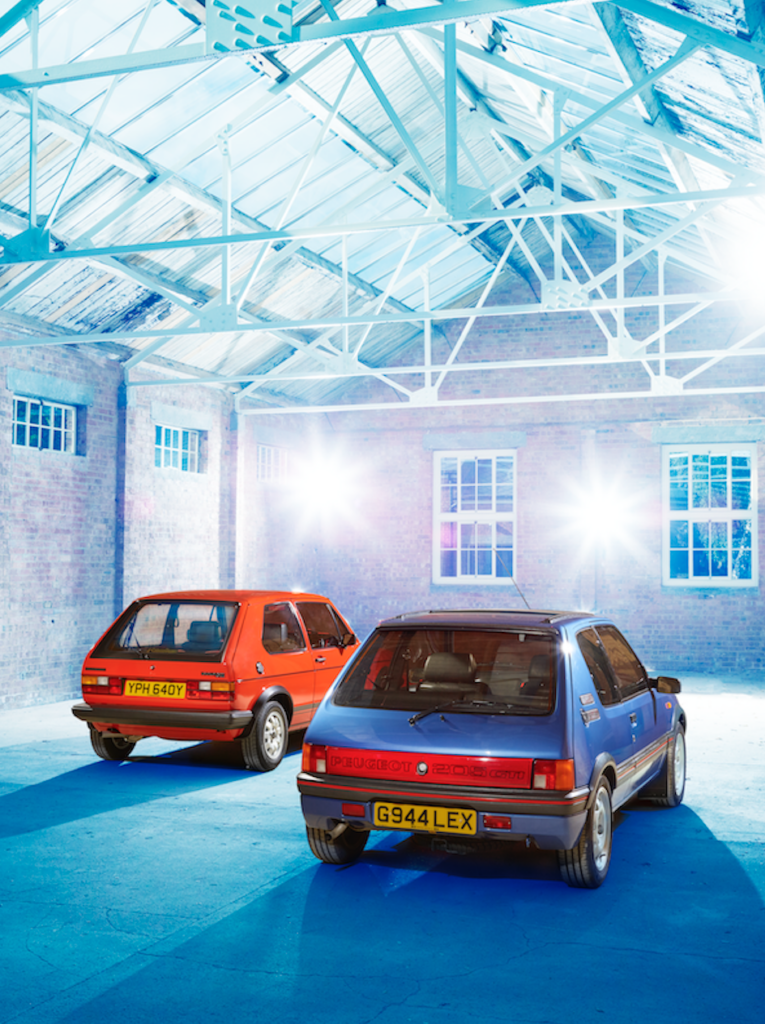
You read much about how hot hatchbacks aren’t what they used to be. The new ones are too big, too grippy, too anaesthetised, too stiff underfoot, maybe even too fast with a typical 200bhp on tap. For true transparency you need something compact, lightweight, torquey and able to lean a little in corners so you can feel better what’s happening while bumps are properly absorbed. You need these two.
The Golf is the world’s first fully formed hot hatchback, nothing less, and the passage of time has barely dimmed its thrills. It may surprise you to learn that the Golf is even lighter than the 205, relying on those crisp angles to add stiffness to the skin panels; itsl ack of a front subframe, and a torsion-beam rear suspension rather than heavier separate trailing arms and a hefty cross-tube, are partlywhy. This is how the Golf gains so much go from so few bhp, even to the extent of generating a touch of torque-steer if you accelerate hard on an uneven road.
This zingy, urgent engine looks very dated – its distributor is driven from a jackshaft in the block where a primordial camshaft would be, and it doesn’t even have a crossflow cylinder head – but it’s legendarily durable and full of torque. The rest of the drivetrain is less accommodating, with a long-travel clutch (its outer cable is well-known for pulling through the flimsy bulkhead) and a loose gear linkage actuating stiff selectors. The brake pedal is long in travel, too, and its action is too springy to inspire initial confidence. A bendy cross-linkage to a left-mounted master cylinder is why; actually the brakes are fine once you learn to trust them.
Also springy is the steering until the Golf has settled into its initial roll angle. After that it’s precise and consistent, the gateway to surprising front-end grip even as you pile on the power. Back off and the tail behaves benignly, with just a nose-dip as the cornering line tightens a fraction and the Golf waits for you to decide what you’ll do next. With ultra-friendly handling and that ever-obliging engine, the Golf GTI has always been a car to match your mood rather than dictating terms.
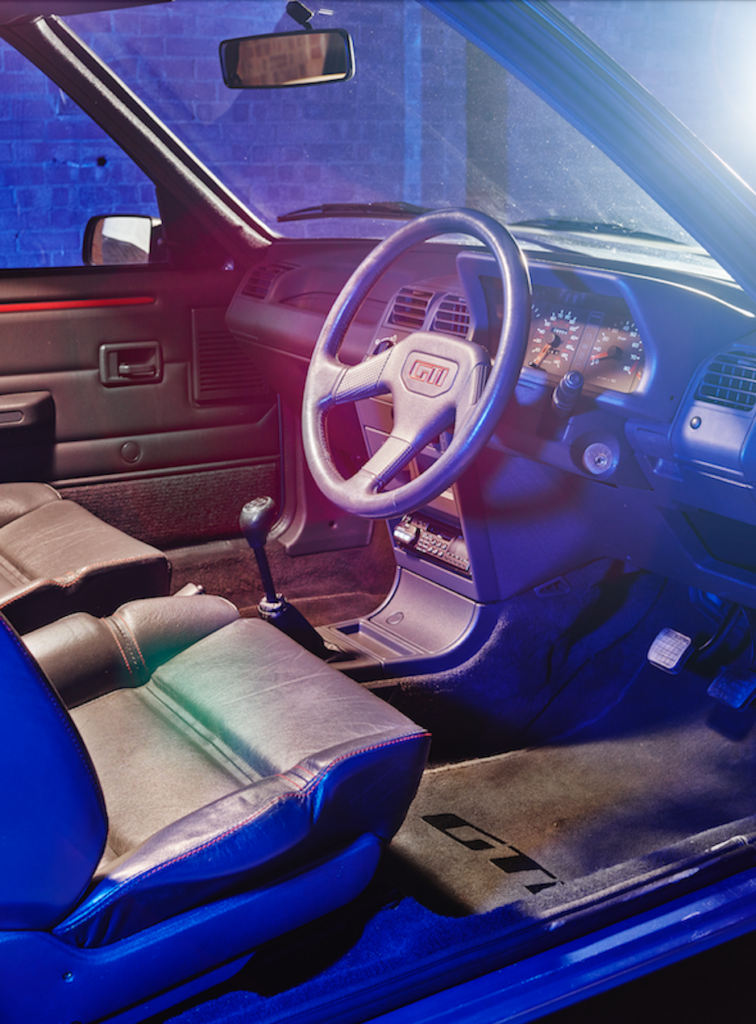
That’s not what people used to say of the Peugeot, the car that used to spin you into the hedge the instant you lifted the accelerator pedal in a fast bend. So goes the urban myth; they were never really as tetchy as that, and on good modern tyres they feel very planted indeed. That doesn’t stop them from still being brilliantly throttle-steerable, causing you quickly to learn to unwind a little bit of steering in concert with any upward throttle-pedal movement. It’s just one facet of the 205’s ultra-interactive character.This interactivity is wholly deliberate,Peugeot reasoning – with an insouciance sadly untenable today – that someone who buys a GTI will have some notion of the physics of driving a fast car. So although the steering is quite low-geared (less so in this car, which has optional gentle power assistance), the tiniest movement has an instant effect because it instantly loads the outside rear wheel. There’s none of the springiness you feel in the Golf, just perfect accuracy and a wide-tracked responsiveness, even as the body takes up its lean. That’s the signature 205 feeling, and why it’s an even better driving machine than the Golf.
The same goes for the brakes, firm and short in the travel, the quick-action clutch, the clonky yet ultra-rapid gearchange, and an even torquier engine able to haul up hefty gradients in high gears while still revving with gusto at the lightest touch of the accelerator. The long-legged first gear is especially good for getaways. Yet for all the foregoing, it’s the Golf that feels the more rigid in the main structure, despite springier appendages. And the better made? No; they’re on a par here, although it’s the 205 that has proved the more rust-resistant over the years.
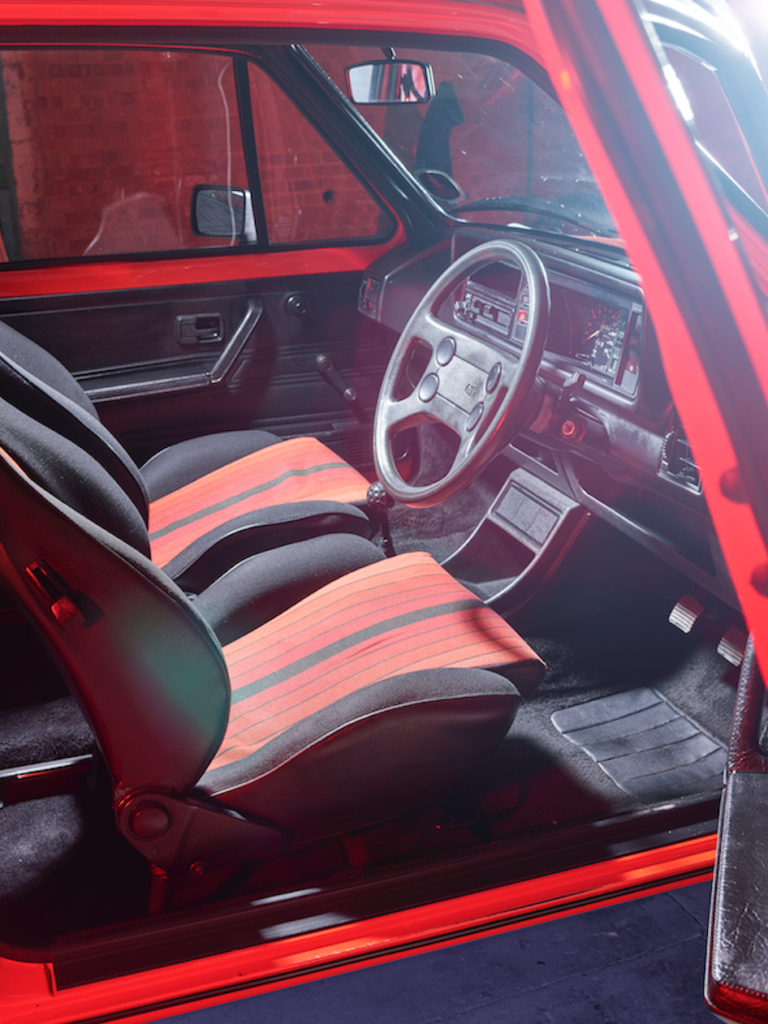
You probably want to know which is the better car. Yet that’s an impossible question to answer. Both the examples here are in fabulously original order, both have coincidentally covered 89,000 miles, both are ar the top of their breeds’ value scales. You’d welcome either into your garage.
Numerically the Golf passed its new-car price (£6500) several years ago; today you’ll need around double that, or more for the best, and that’s if you can find one that hasn’t been compromised by the VW world’s mania for modification. The best 205s have also bust the new-price barrier – the first 1.9s cost £9250 – and are still on the up, but finding a good, unspoilt one is slightly easier than for the Golf. They’re newer, and more were sold in the UK.
As for specification, the 205’s power steering is a matter of taste; it makes parking easier but filters out the fine detail of road feel, still leaving plenty to relish. In both cars, the bigger engines give more thrust, more fun, but the respective 1.6s are still sweet and effervescent.
So, Golf or 205? It hardly matters. Buy either, and you’ll rediscover a seam of intense, always-accessible fun you thought had gone forever. History is treating them fondly, as is the market. Their time has come again. What are you waiting for?
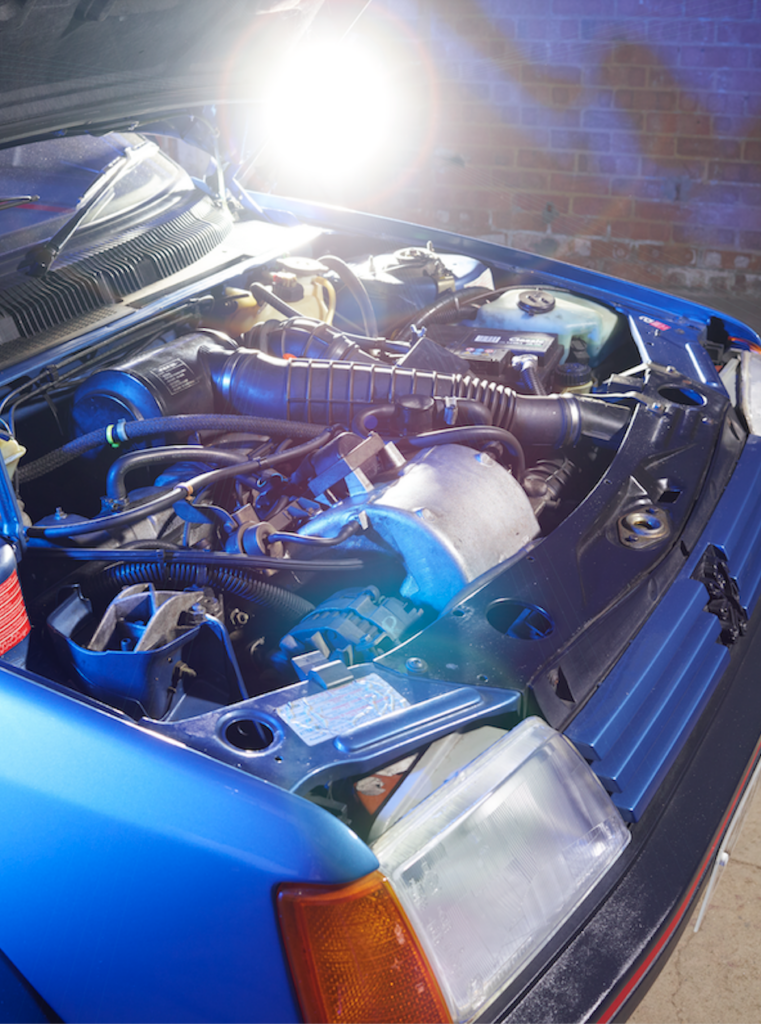
Factfile – 1990 Peugeot 205 GTI 1.9
Engine 1905cc four-cylinder, OHC, Bosch LE2-Jetronic fuel injection Power 130bhp @ 6000rpm Torque 119lb ft @ 4750rpm Transmission Five-speed manual, front-wheel drive Steering Rack and pinion, power-assisted Suspension Front: MacPherson struts, lower wishbones, coil springs, anti-roll bar Rear: trailing arms, torsion-bar springs, anti-roll bar Brakes Discs, vented at front Weight 880kg Top speed 123mph. 0-60mph 7.7sec
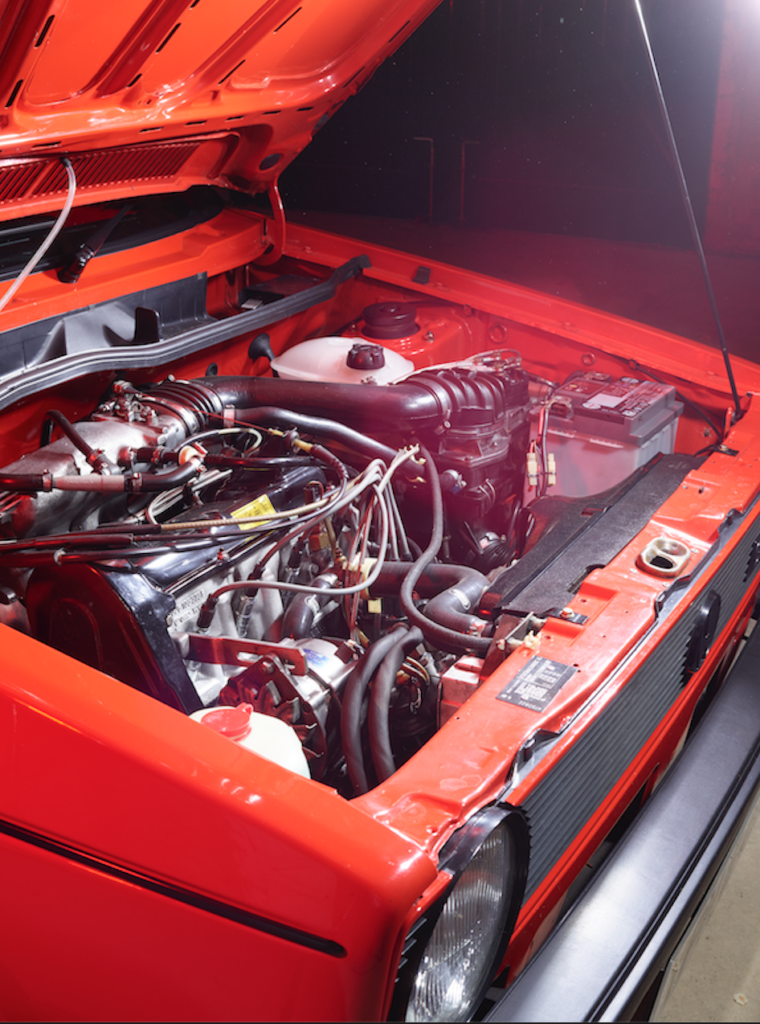
Factfile – 1982 Volkwagen Golf GTI Mk1 1.8
Engine 1781cc four-cylinder, OHC, Bosch K-Jetronic fuel injection Power 112bhp @ 5800rpm Torque 109lb ft @ 3500rpm Transmission Five-speed manual, front-wheel drive Steering Rack and pinion Suspension Front: MacPherson struts, lower wishbones, coil springs, anti-roll bar Rear: trailing arms linked by transverse torsion beam, coil springs, anti-roll bar Brakes Vented discs front, drums rear Weight 839kg Top speed 115mph 0-60mph 8.1sec
This article was originally published in Octane 151, December 2017 2016
